Russian and foreign tourists have long “laid eyes” on the Karelian region. And the point here is not only in its virgin nature and unique architectural monuments. The main reason is simple: the tourist season in the republic is not at all limited to three summer months – to Karelia it is continuously traveling all year round. There will find for themselves for a soul rest and fans of active tourism, and those who like quiet trips with the whole family.
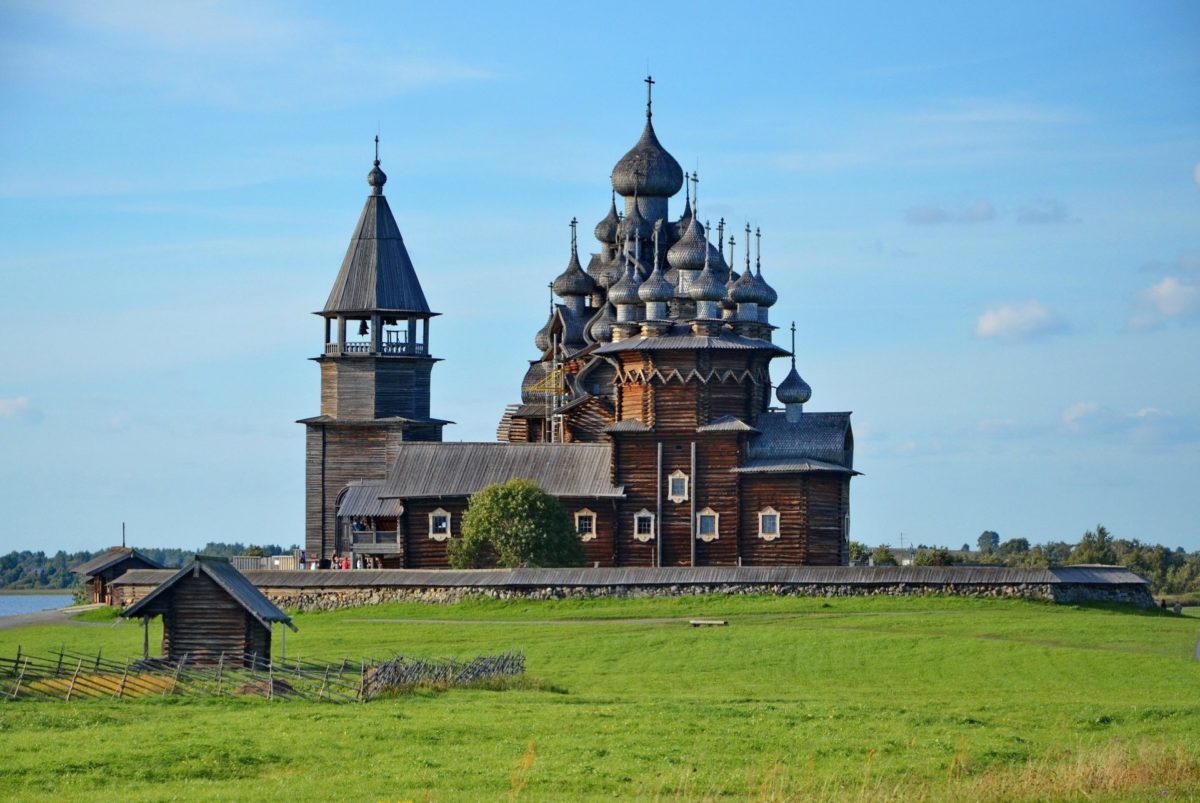
Karelia is located in the north-west of the country and is part of the North-West Federal District. It is a republic within Russia: it has its own coat of arms, flag and anthem. About 50% of the territory of the Karelian region is covered with forest, and a quarter – the water surface. Karelia – “edge of lakes”, there are more than 61 000 lakes, 27 000 rivers and 29 reservoirs. The largest lakes are Ladoga and Onega, and the largest rivers are Vodla, Vyg, Kovda, Kem, Sunna and Shuya. Karelia hosts the Blue Road, an international tourist route linking Norway, Sweden, Finland and Russia.
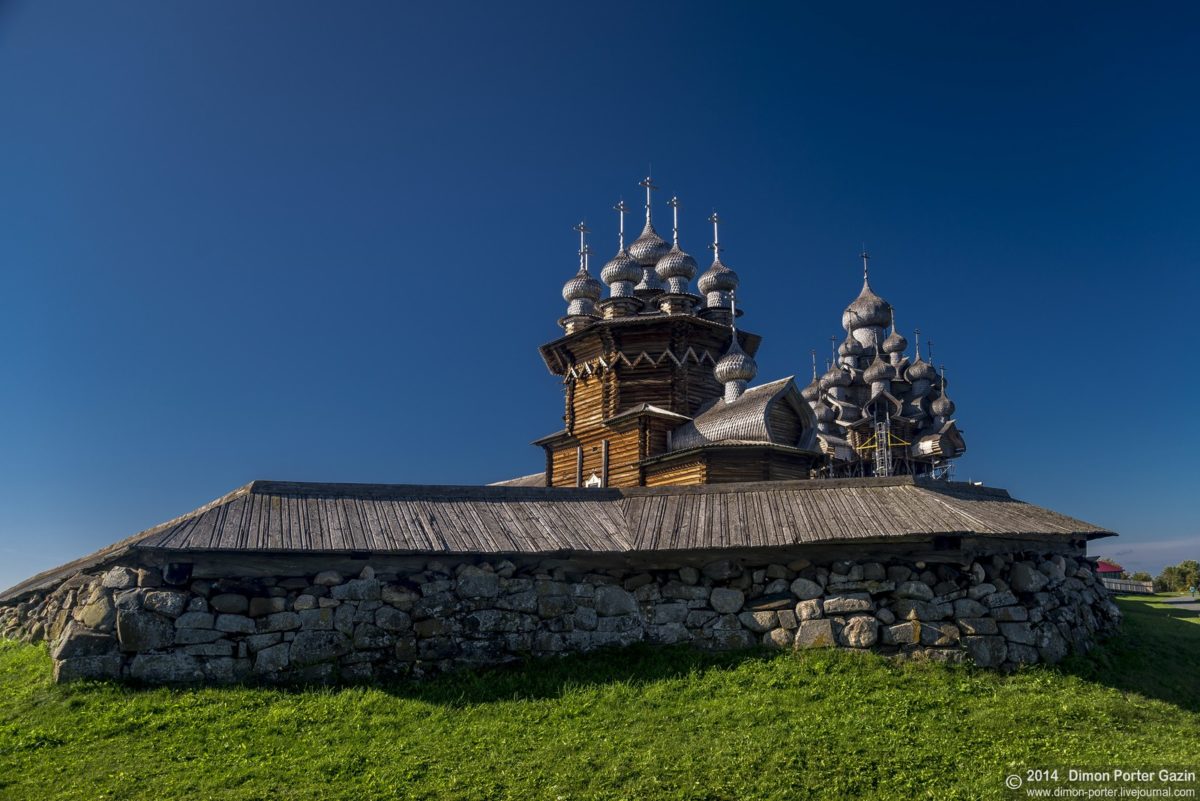
The main types of recreation in the region: sightseeing tours (Kizhi – Valaam – Solovki – Kivach Waterfall – Marcial Waters – Ruskeal marble canyon), active recreation (ATV safaris, rafting rivers, hunting and fishing, hiking, ski trips, biking tours, Jeep-tours), children’s and youth holidays in camps, event and holiday tours, rest in cottages and tourist complexes. The capital is Petrozavodsk. Large cities and tourist centers: Kondopoga, Kem, Kostomuksha, Sortavala, Medvezhyegorsk, Belomorsk, Pudozh, Olonets. The population is about 691 thousand people.
How to travel to Karelia
1. By plane
The nearest Airport is Petrozavodsk (IATA: PES). It is small one and due to the fact that near there an airforce base, the routes are only locals. You can easily find a flight to Moscow or St. Petersburg.
2. By train
Moscow and St. Petersburg connect with Petrozavodsk both direct and passing trains. Railway communication with the CIS countries (Belarus and Ukraine) is carried out by the Minsk-Murmansk train, passing through Kiev, Brest, Gomel and Grodno. Recommended trains: No. 18/17 (Moscow – Petrozavodsk, Petrozavodsk – Moscow) No. 657/658 (Petrozavodsk – St. Petersburg, St. Petersburg – Petrozavodsk). The price is around 900 RUB (15 €).
3. By car
The whole Karelia is crossed from north to south by the federal highway “Kola”, leading from St. Petersburg to Murmansk (route M-18). The total length of the Karelian section passing through nine districts of the republic is 969 kilometers. For a quarter of a century the road became “straight” by 60 kilometers. Almost rebuilt or completely renovated. True, it is still too early to call high-speed highways, potholes and patches on the roadway still occur, but an experienced driver can cross the whole of Karelia in the meridional direction in 12-14 hours.
Climate in Karelia
The climate is temperate-continental, with sea features. The summer is short and cool, and the winter is long and relatively mild. Spring in the south comes in mid-April, but the return of cold weather is possible in May, and in the north – until mid-June. Summer begins in the first half of June in the south and in the second in the north. Autumn with wet southwesterly winds or clear, but cold (until frost in lowlands), the weather sets in the north of Karelia in the second half of August, in the south – in early September.
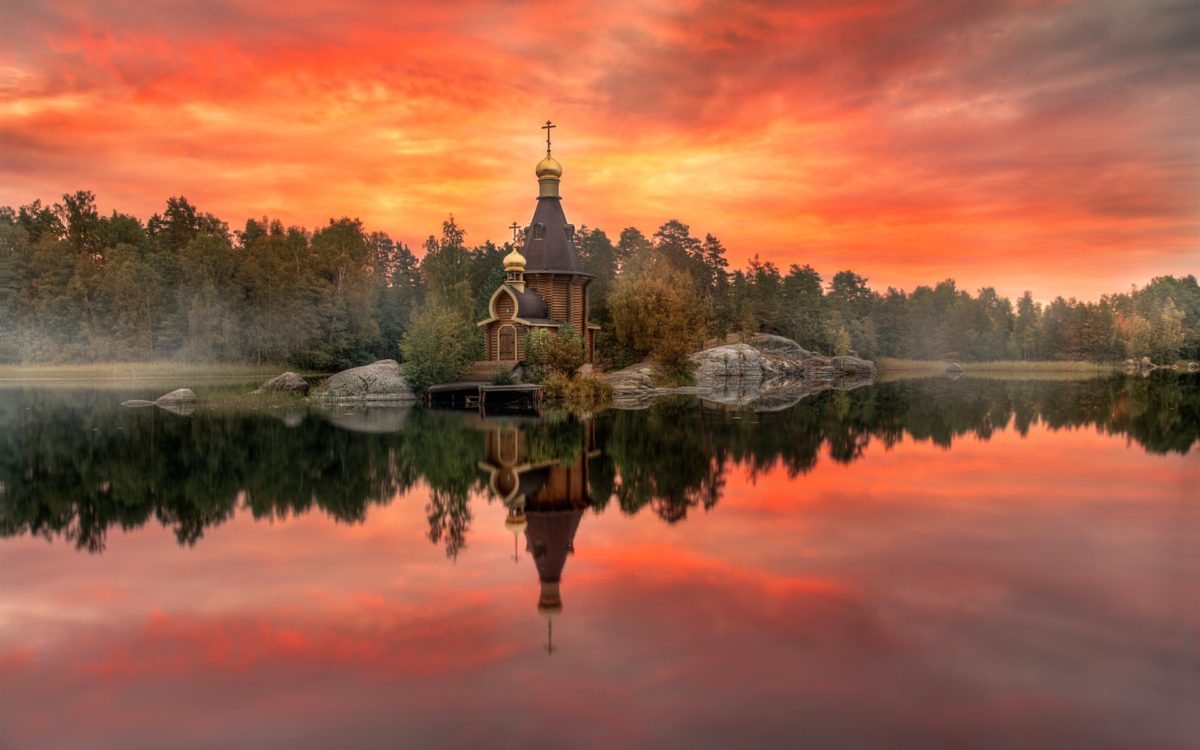
The average temperature in July from north to south is from +14 ° C to +16 ° C. Winter is quite volatile due to the western winds – then snowfalls, then thaw. Snow keeps differently: from 4 months in the south-west to 7 or more in the mountains in the north. The average temperature in January in the territory of Karelia ranges from -8 ° C to -14 ° C.
What to do in Karelia
1. Rafting
In summer, lovers of outdoor activities can go rafting. The most popular routes are the ligaments of the Syapsy – Shuya, Suoyoki – Shuya and Ileksa – Vama – Vodla (or Vama and Vodla rivers), the Upper Shuya, Suna, Okhta, Uksa, Chirka – Kem, Pistajoki rivers. In addition, by kayaks, boats, yachts and other reliable floating crafts can be rafted along the Ladoga skerries, Onega Lake (Zaonezhie, Svyatukha Bay, Unitskaya Bay), Sandal Lakes, Segozero, Kuytto and Kerut.
2. Jeep tours
Movement on the ground and forest roads, which used to connect ancient Karelian villages. Traffic on the route, stops in the ancient Karelian villages, the inspection of churches 17-18 centuries. It is in Karelia held the famous Jeep competition “Karelia Trophy”. Movement on the ground and forest roads, which used to connect ancient Karelian villages. Traffic on the route, stops in the ancient Karelian villages, the inspection of churches 17-18 centuries. It is in Karelia held the famous Jeep competition “Karelia Trophy”.
3. Hunting
Karelian hunting and fishing have long become a kind of “tourist brand” of the region – which is not surprising, because the places here are really rich in fish and game. Animals that require a license for hunting include the bear, elk, wild boar, beaver, marten, capercaillie and black grouse. The number of licenses is limited. Hunt without a license, but with a voucher you can go to the goose, hazel grouse, white partridge, duck, woodcock, hare, fox, American mink, squirrel and muskrat.
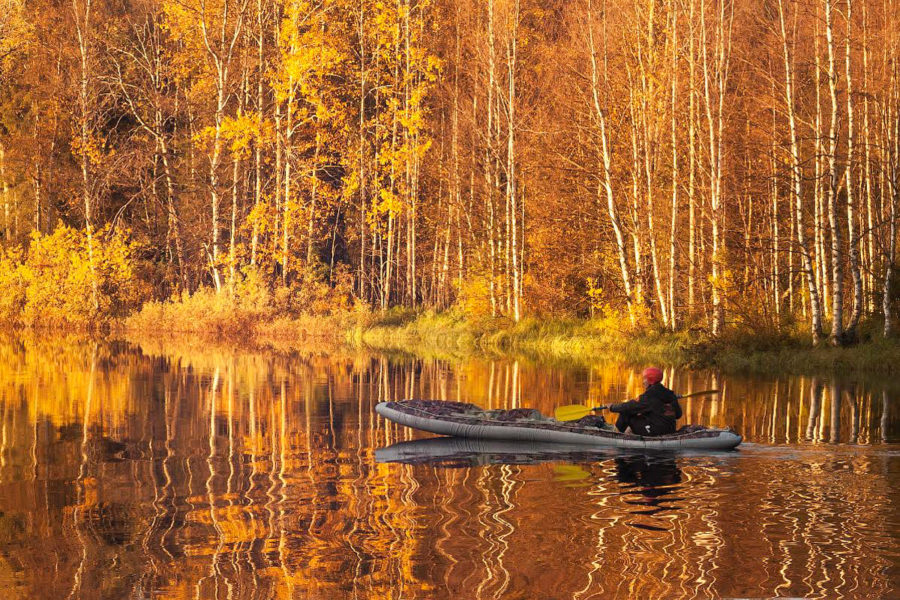
The most popular hunting are for the bear, moose and wild boar. Licence and voucher can be obtained at the regional offices of the State Committee of the Republic (for public use), as well as in organizations that have their own hunting grounds – such licensees in the republic are 71. For those who prefer hunting in comfortable conditions, special tours are organized in which is provided not only food and accommodation in hunting houses and cottages, but also the services of an experienced hunter-conductor. If the tourist is a novice hunter, the accompaniment of a professional will not be superfluous: hunting, as is known, is not the simplest kind of tourism.
4. Fishing
One of the most popular places in the republic for fishing with spinning for pike and perch is Lake Syamozero. In the central and northern regions of the Karelian region there is a whole group of rivers and rapids where you can catch salmon, grayling and whitefish. In addition, a great number of reservoirs and lakes are located in the north of Karelia, in the Loukhskom region – there they often go fishing to one of the largest lakes in the republic – Piaozero, where you can catch trout, whitefish and many others… No less popular is fishing on the Onega Lake: it has 47 species and varieties of fish, including such “fishing favorites” as salmon, trout, paly, whitefish, grayling, pike and perch.
What to see in Karelia
Petrozavodsk stretches for 30 km along the coast of Petrozavodsk Bay of Onega Lake. Its embankment – a kind of open-air museum, whose exposition is made up of monuments – presents of seven sister cities of Petrozavodsk. In addition, the “House of the Doll” Tatyana Kalinina, the house-museum “Karelian Hut”, the Karelian State Museum of Local Lore, the Museum of Fine Arts of the Republic of Karelia are interesting in the city. In addition, you can not ignore the most famous waterfall of Karelia Kivach (among other things, the second largest plain waterfall in Europe!), as well as the Marcial Waters, the first Russian resort founded by Peter I on the basis of ferruginous mineral springs.
Petroglyphs: the most ancient images of animals, birds, fish, boats, people and incomprehensible signs carved on the surface of coastal rocks.
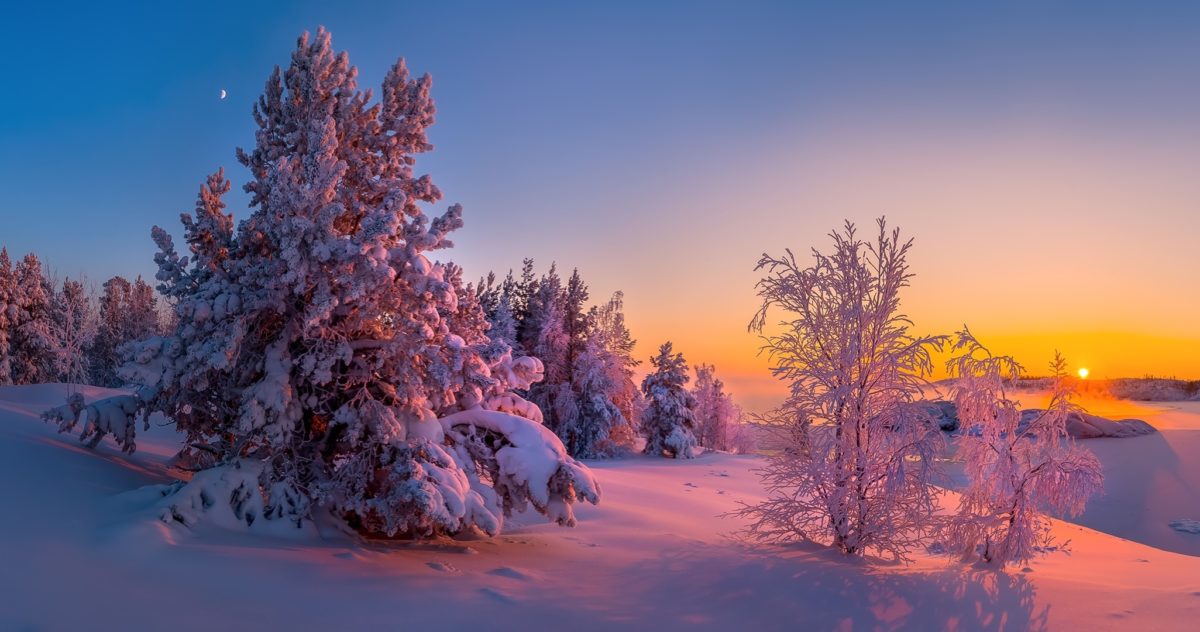
The Murom Holy Assumption Monastery is based on the turn of the 14th and 15th centuries on the site of an abandoned primitive settlement. The founder of the monastery is the Monk Lazar, the chapel he built was included in the treasury of the wooden architecture of Rus on the island of Kizhi. In addition, all this – the stunning beauty of places in which the northern nature is almost untouched by the human hand.
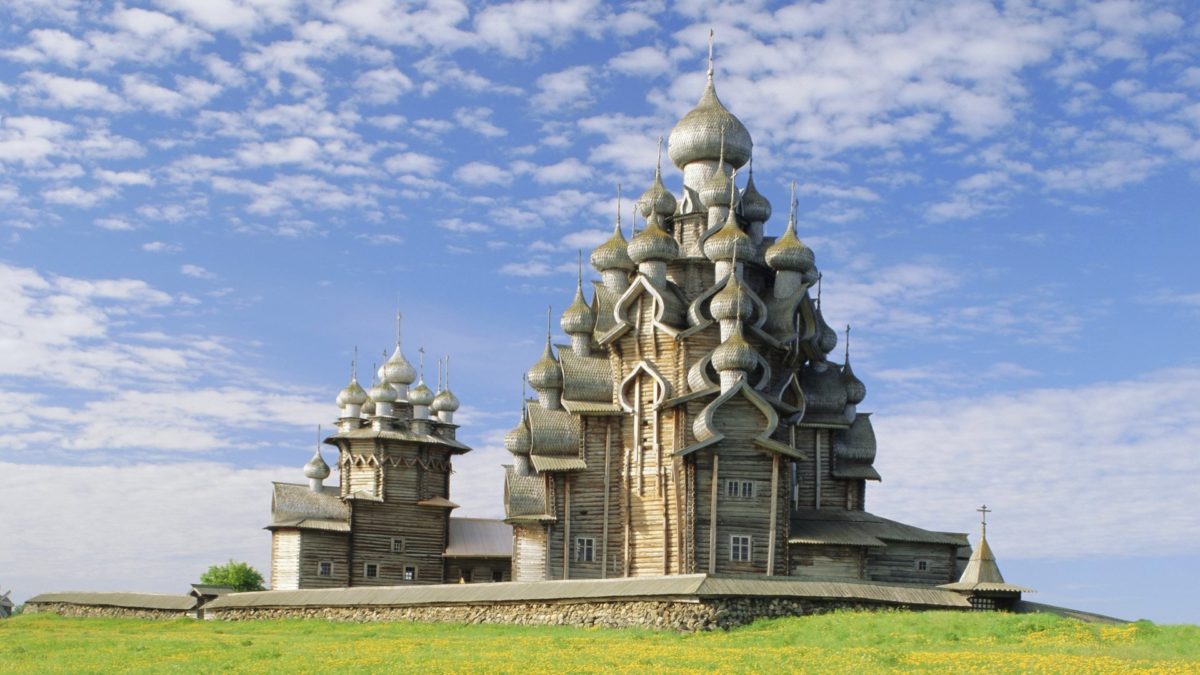
The Solovki Museum-Reserve is not administratively part of the republic – but the shortest way lays from here, from the Karelian coast, through Kem and Belomorsk, so a significant part of the tourist routes in Karelia includes visits to the Solovetsky Islands, the most famous among them being Bolshoy Solovetsky. It is the only settlement of the archipelago, as well as the main museum and monastery values. The fare from Belomorsk to the Solovetsky Islands is 1100 RUB (18€), children under 10 years: 600 RUB (10€).
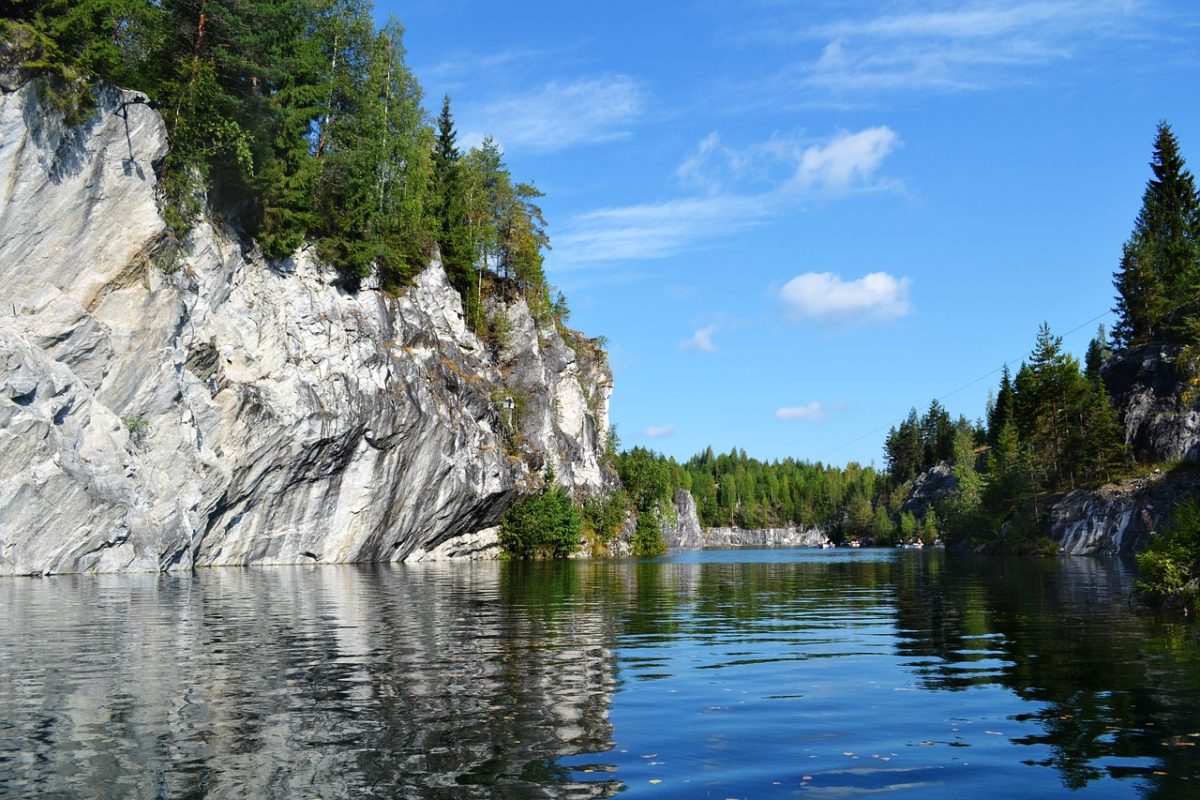
It is worth to visit the mountain park “Ruskeala” near the town of Sortavala. Its basis is the Marble Canyon, a unique object of nature included in the list of monuments of Russia’s cultural heritage. In addition, it is also a monument of the industrial history of four peoples: the Karelians, Swedes, Russians and Finns. Another such place, representing a man-made “cup” in a continuous marble massif, cut through by a system of mines, galleries and drifts, is no longer in Europe. The cost of entering the park is 150 RUB (2.5€). Tour of the Marble Canyon will cost 1000-1400 RUB (20€) for a mini-group of about 4 people.
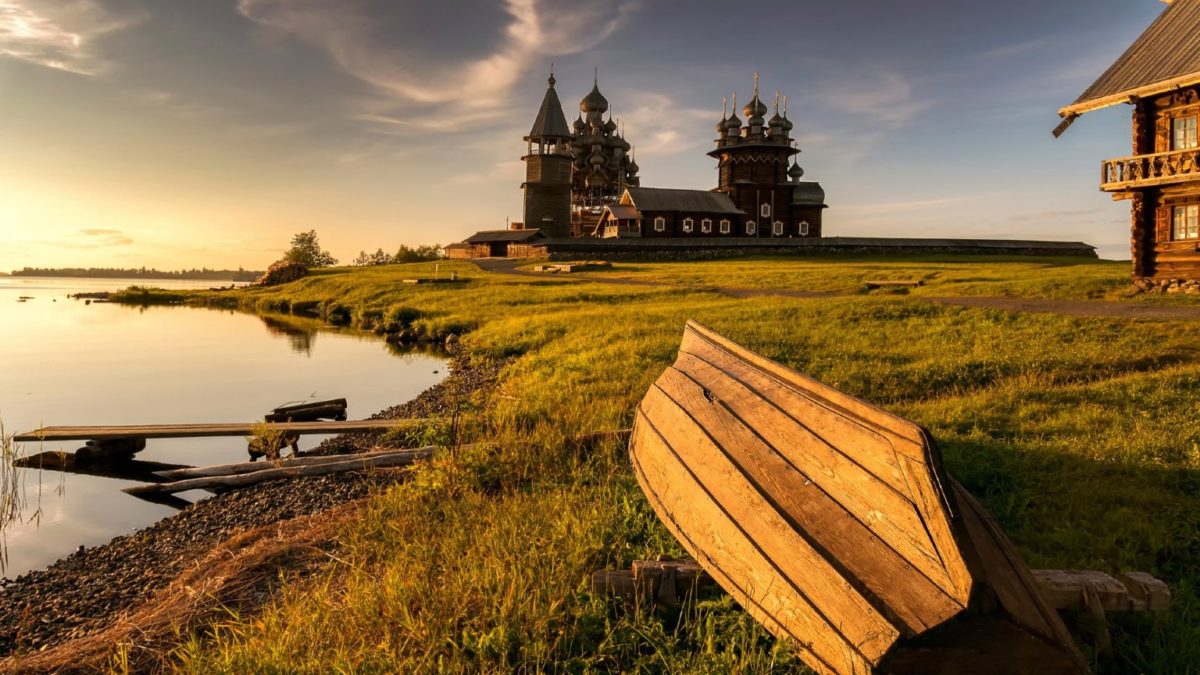
On the way to Valaam you can see the interesting island of Pellotsaari. On Lake Sandal you can visit the island of Lycian. You can get to the reserve from Petrozavodsk by trains to the Louhi station, then by bus from the railway station to the village of Piaozersky, where the necessary documents for the location of the park take place. After a private car or on the transport of the park to the place of rest.

State National Park Paanajarvi is located in the north-west of Karelia, in the Louhi region. The park is located on a hill, which is stretched towards the lake Tsipringa. The nature in these places is clean and untouched, here you can see giant pine and spruce, as well as numerous fauna that are threatened with extinction in other parts of Europe. Reservoirs abound in valuable fish species. The pearl of the park is Lake Paanajärvi, characterized by its small size (1.5 by 24 km) with an exceptional depth (128 m). There are many rapids on the rivers, there are significant waterfalls.
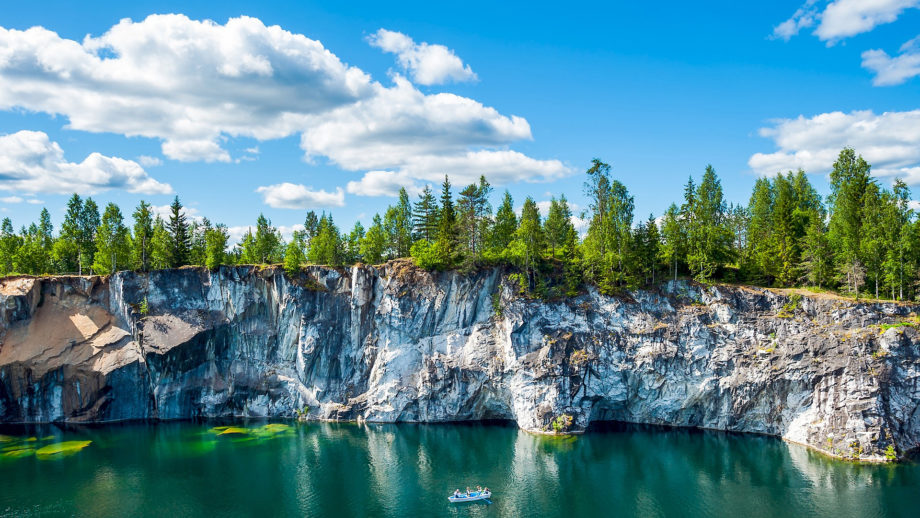
On the territory of the park there are 9 tourist houses with all necessary facilities, there are baths. Tourists are offered fishing (licensed) on small ponds and Lake Paanajarvi – all year round, on Lake Piaozero – from June 15 to ice-free, on the Olanga River – from June 15 to August 15. There are special tourist fishing routes for groups.
The main attractions of Karelia
- Kizhi Museum-Reserve on Kizhi Island in Lake Onega – the world famous monument of wooden architecture,
- Valaam Monastery on Valaam Island in Lake Ladoga,
- Solovki historical and cultural complex on Solovetsky Islands,
- The resort “Marcial Waters” – the first Russian spa resort, founded by decree of Peter the Great in 1719,
- Assumption Church (1774) in Kondopoga,
- The architecture of the town of Sortavala – northern Art Nouveau, neo-classicism, functionalism, Kivach Falls,
- Staryy Olonets and old Karelian huts in the village of Bolshaya Selga,
- Ancient villages: Sheltozero, Kinerma, Man’ga, Rubcheila, Korza,
- The architectural ensemble of Ilyinsky churchyard and Murom Monastery,
- The sites related to “Kalevala”: Voknavolok, Kalevala (Ukhta), Voinitsa,
- Military and historical attractions: the line of defense “Medvezhyegorsk”, “Mannerheim Line”,
- Kivach waterfall on the Suna River,
- Ruskeala waterfalls on the Tohmajoki River,
- Ruskeala marble quarry,
- Yukankoski waterfall on the Kulismayoki River,
- Kumio waterfall, 70 km north-west of Voknavolok,
- Northern Ladoga skerries,
- Mountain Vottovaara,
- White Sea petroglyphs – ancient pictures carved into the rocks near Belomorsk,
- Onega petroglyphs – images of the Neolithic period near Pudozh.
What to buy in Karelia
The main local souvenirs are products from the Karelian birch (caskets, pens, watches). Also popular are products made of schungite: balls, pyramids, beads, rosaries, writing instruments, sets for massage and cream, which helps with joint diseases (this natural material has unique healing properties). A good gift will be products made of leather and birch bark, tablecloths and napkins with traditional for Onega embroidery and, of course, the work of Karelian artists and artists: author dolls, paintings, jewelry made of natural stones and much more.
How to stay safe in Karelia
Karelian Republican Rescue Service on the Waters: Petrozavodsk, ul. Onego Flotilla, 43 A; Tel .: (8142) 73-35-16
In Petrozavodsk there is a single salvage service: 01, the traffic police on duty: 784-444 or 002, the ATC on duty: 780-581, the ambulance (round the clock): 705-999 or 03, background: 09 or 009
Codes of the cities: Petrozavodsk – 8142, Belomorsk – 81437, Kalevala – 81454, Kem – 81485, Kostomuksha – 81459, Lahdenpohja – 81450, Louhi – 81439, Sortavala – 81430, Olonets – 81436, Pitkyaranta – 81433.
Mosquitoes are found everywhere from late May to early September, but are especially active from early June to mid-July. So do not forget to take special means. Ticks do not live anywhere – they are free of pine forests, places of growth of red whortleberry and blueberry. They do not like direct sunlight. Therefore, for a place of rest, it is better to choose sunlit forest edges.
Reptiles and amphibians of Karelia are represented by 4 taiga species (40%), 3 species with transpalearctic distribution (30%) and three southern forms characteristic of European broadleaf forests. To the first group belong a viviparous lizard, a viper, a grassy and sharp-edged frog, to the second – a toad, an ordinary newt and a spindle, to the third – a quick lizard, and a crested newt. Fauna of terrestrial vertebrates of Karelia consists of 35% of western and European forms characteristic of the broad-leaved forest belt, 33% of species widespread in Eurasia, 24% of taiga (Siberian) forms and 9% of Arctic ( Polar) species.
All of them, with the exception of vipers, are harmless. The viper’s bite also does not do much harm to your health, but it’s very painful. As a rule, an adder tries to give way to a man, although it is not always possible because of natural slowness, especially during moulting. The best means of protection against harmful reptiles – good attention and high boots.
Any independent tourist group arriving in Karelia with the purpose of active recreation should first of all register and receive instruction on safety in the Karelian Republican Rescue Service on the waters. In addition, registration can be carried out in the administrations of the regions of Karelia, as well as in search and rescue squads of the rescue service, which are in Kondopoga, Medvezhyegorsk, Kemi and Sortavala. It is highly desirable that during the course of the chosen route the head of the group contact the rescuers once a day and report on his whereabouts.
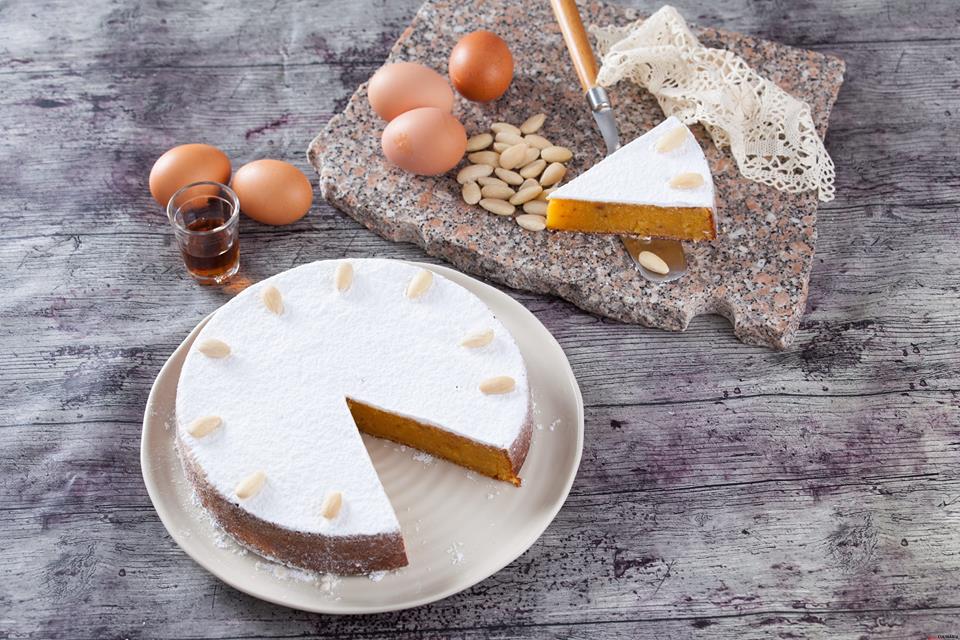
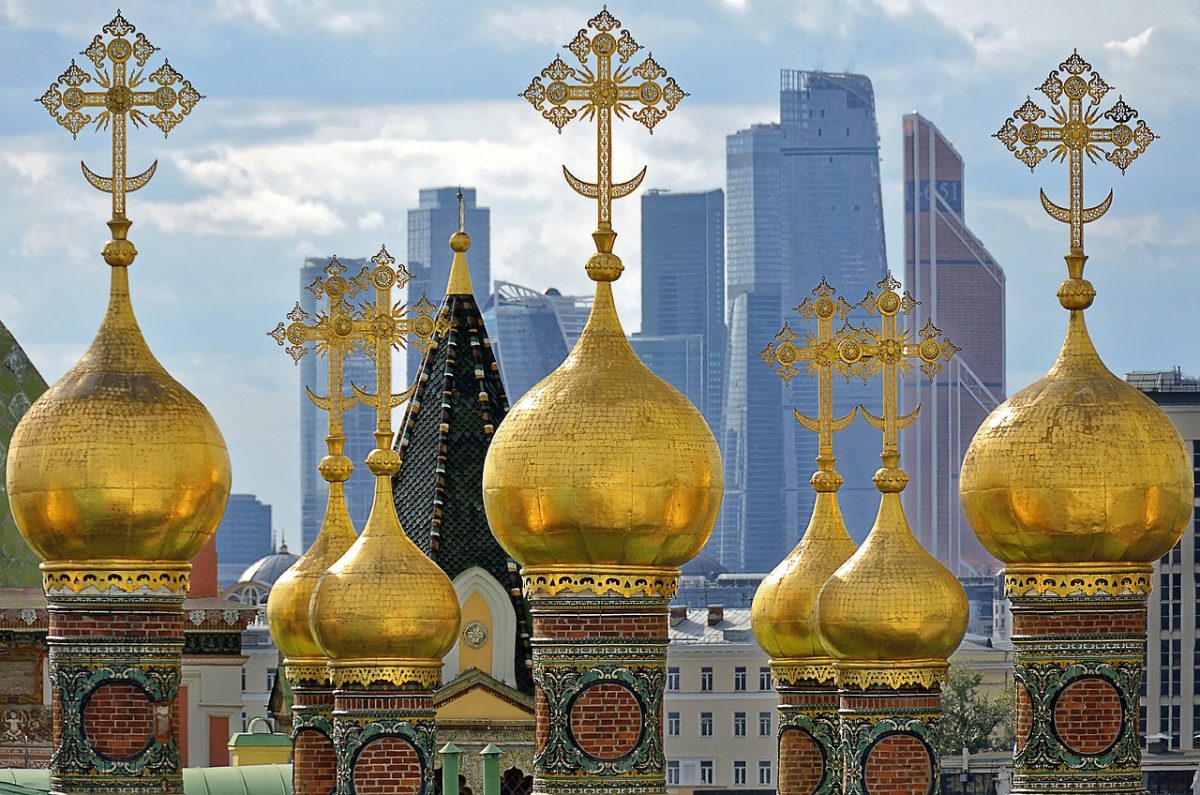
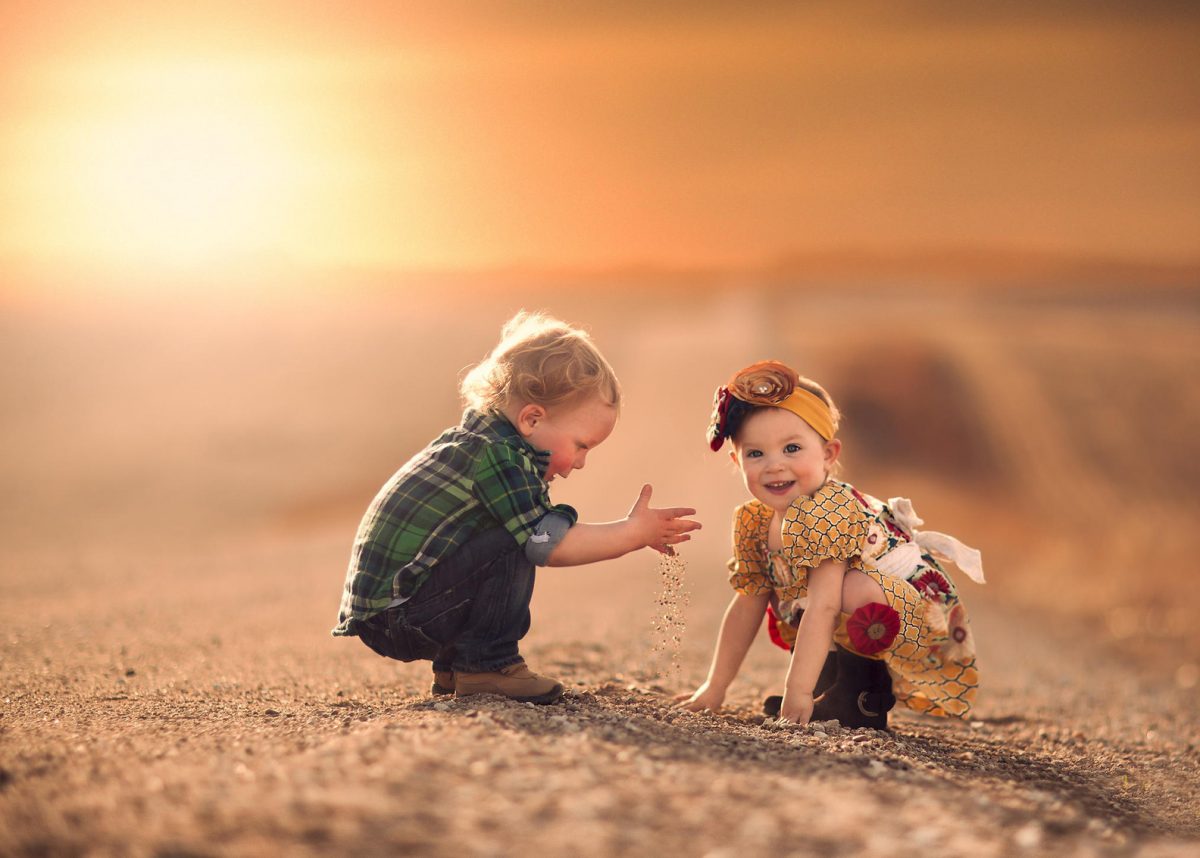
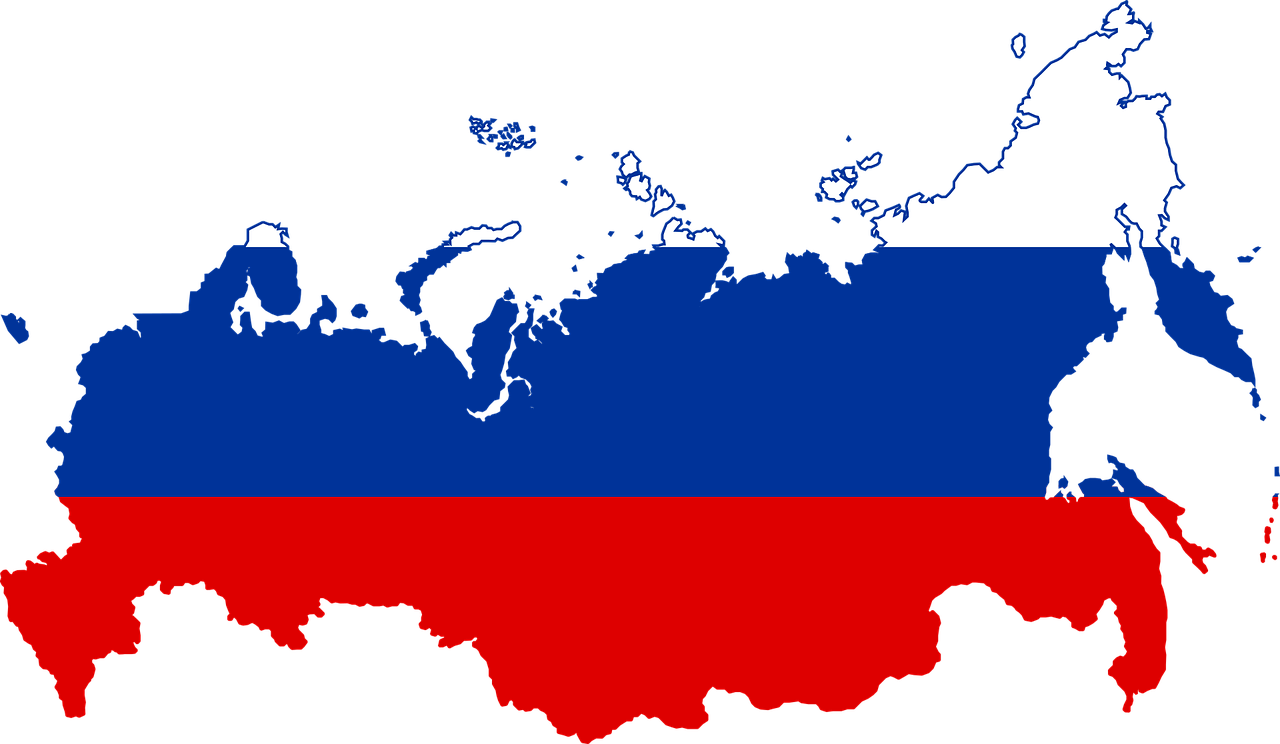
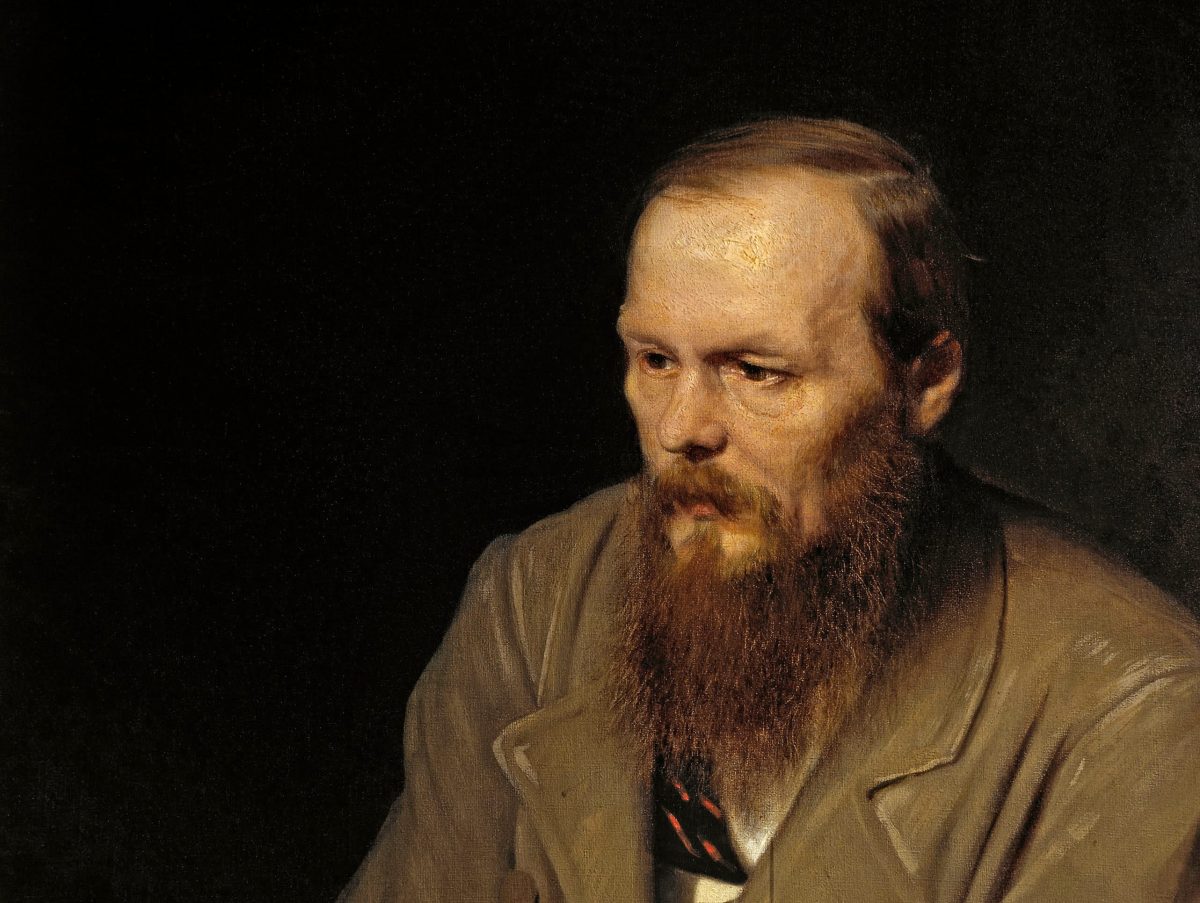
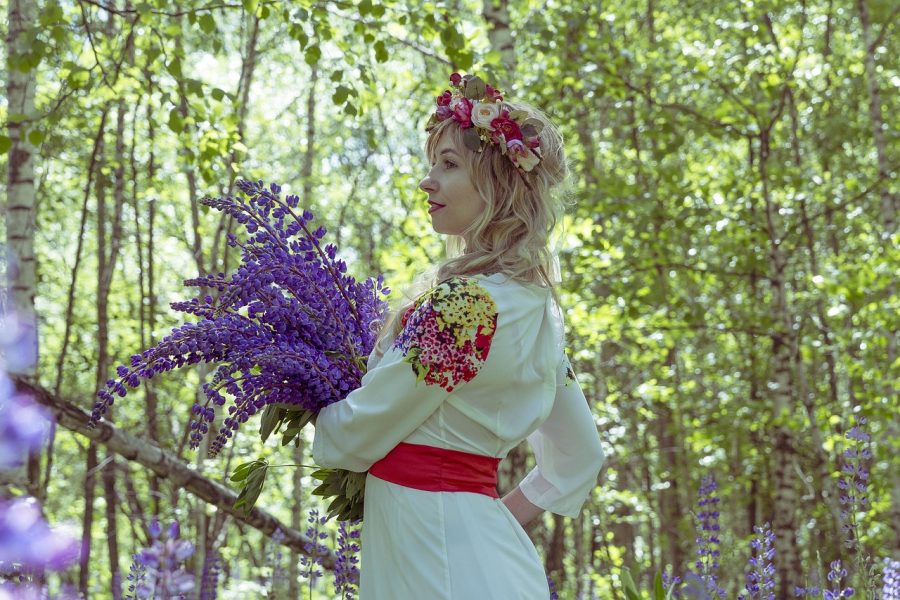
Nice post and pics! Congrats!